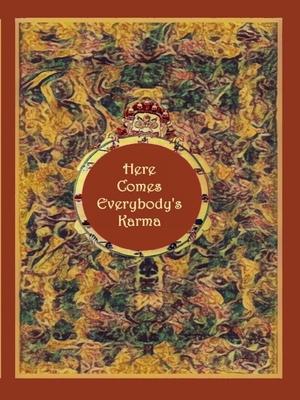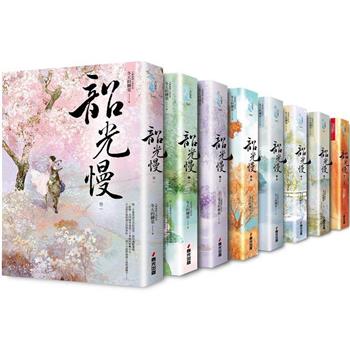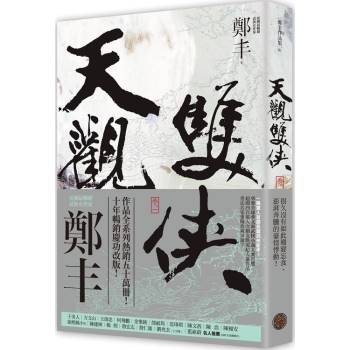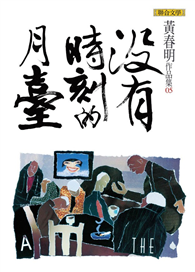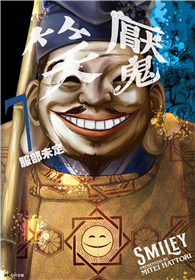This publication is the result of an out-of -the-box thought literary art experiment concerning the subject: "What would be the outcome if we cross the most beautiful publication in English literature with its most enigmatic one?"
The result of this endeavor has been condensed in this retelling of Finnegan’s Wake as Here Comes Everybody’s Karma.It is widely agreed upon that the Kelmscott-Chaucer is the most beautiful book ever printed and that Joyce’s Finnegan’s Wake is the most ingenious one (or vilified one: depending upon one’s personal opinion for what is appropriate English literature).Weirdly enough, both publications seem to suffer from a rather uncommon literary defect that has been defined as: their readability!The Kelmscott Chaucer used Walter William Skeat’s edition of the complete Chaucer, after explaining to the delegates of the Clarendon Press that his edition was intended to be an "art object" and would not compete with their six-volume edition of Skeat’s edition of Chaucer’s complete works. It contains 87 wood engravings of drawings by Edward Burne-Jones. Peter Faulkner, a William Morris expert, expressed his preference for The Canterbury Tales by the Golden Cockerel Press, noting that in the Kelmscott Chaucer, "the two sixty-three-line columns of 12-point type on the large page do not make for easy reading."Joyce claimed that by writing Finnegan’s Wake he was attempting to "reconstruct the nocturnal life", and that the book was his "experiment in interpreting ’the dark night of the soul’." Alas, for most lovers of English literature, he (subconsciously?) created a reader’s ultimate nightmare. The impression exists that only accomplished philologists have ever managed to decipher the novel’s polysemantic vocabulary that was borrowed from approximately sixty-five languages and dialects.This retelling is an effort to remediate those issues while enhancing their inherent qualities.Evolutions in modern printing techniques have allowed to elevate this offspring of the Kelmscott-Chaucer from its black and white corset while avoiding the typographic setting that made for a difficult reading experience.The foreign language idiosyncrasies in Finnegan’s Wake have been replaced by their English equivalent and Joyce’s sibylline prose has been streamlined into a more fluid syntaxis.Where Joyce proclaimed that the novel’s cyclical nature is best demonstrated by the feature that it begins and ends in the middle of a sentence, this retelling expresses the cyclical nature of the tale by beginning and ending in connecting circumstances and its graphic layout.Also, the colors of the decorative frames of each chapter are evolving in consecutive shades as they appear on the color wheel, with the color of the frames of this introduction featuring the frame-colors of the last chapter of this novel, while having a slightly different design.
Last but not least, the titles of this retelling, books and chapters, want to inspire the readers to rethink the whole tale into the context of the Asiatic philosophical concepts of Karma and Dharma, which are interacting cyclical principles.
That mentioned, Here Comes Everybody’s Karma is a novel that tends to grow into the mind of the reader and therefore should be consumed at a leisurely pace to avoid a literary indigestion.Enjoy!
